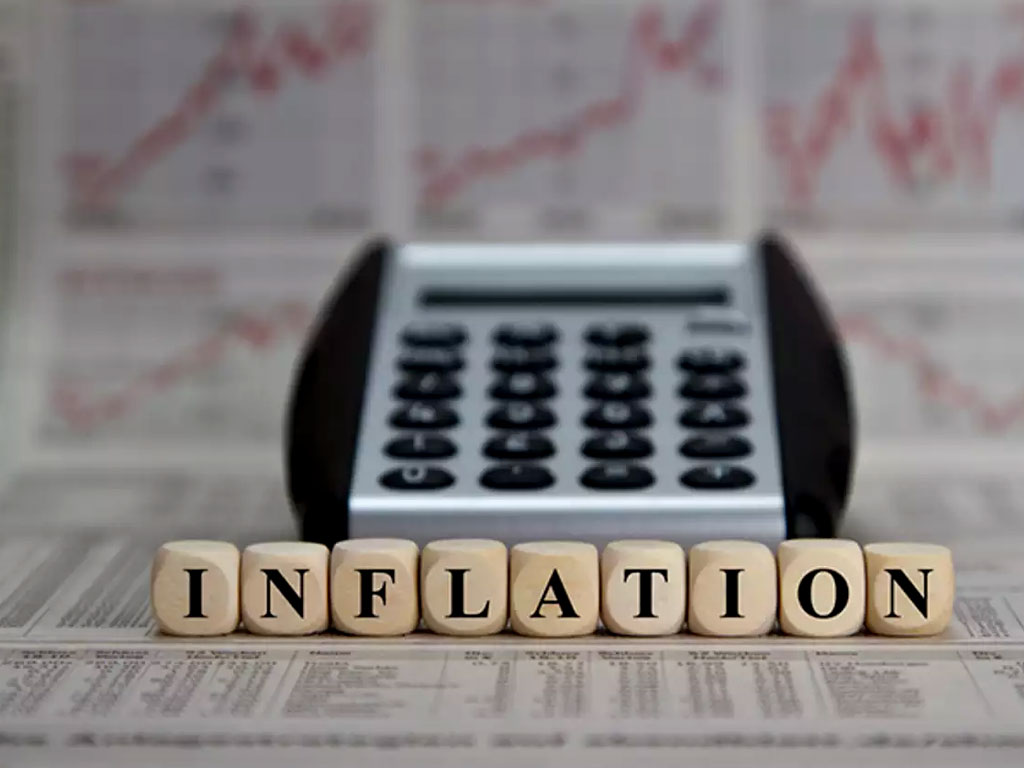 Headline inflation at 14.6 percent in Jan-20 has surpassed expectations. This may well be the peak. Earlier round of perishable food price hike – such as tomatoes and onion - is now followed by hike in non-perishables – wheat and sugar. The diversion between rural at 16.3 percent - and urban at 13.4 percent, is growing. The rural poor is facing the brunt – with food inflation at 24 percent.
Headline inflation at 14.6 percent in Jan-20 has surpassed expectations. This may well be the peak. Earlier round of perishable food price hike – such as tomatoes and onion - is now followed by hike in non-perishables – wheat and sugar. The diversion between rural at 16.3 percent - and urban at 13.4 percent, is growing. The rural poor is facing the brunt – with food inflation at 24 percent.
However, such high numbers do not warrant another rate hike – SBP governor has hinted many times that rates have peaked. It would be interesting to see bonds movement today – 10Y PIB yield may go up, and stock market may find a reason for an anticipated correction.
Some facts. Yesterday’s news headlines were ‘record high inflation’ and ’12-year high inflation’. These are factually incorrect. In Dec-10, CPI was 15.5 percent. It is nine-year high. A fine point is that inflation was re-based in Jul-19. Any comparison with past must be seen w.r.t old base (2007-08 base). On it, CPI in Jan-20 stood at 13.1 percent. This would be highest since Jun-11.
The question is what triggered this hike, and why analysts (and SBP) could not predict it. Unexpected increase in food inflation started with perishable food items (tomatoes, onions, fresh vegetables etc). There were supply disruptions due to changing weather patterns and closing trade with India.
The interesting story is of recent surge in non-perishable food items. The so-called wheat and sugar crises are having a lasting impact on food prices. Wheat- and wheat products’ direct contribution to CPI basket is at 3.8 percent. But the story does not stop there. By-products are used in milk (8% weight in CPI), chicken and eggs (2% weight). The overall impact could be much higher. Story of sugar is similar. Another surprise has come from pulses. These products are mainly imported. The impact of currency depreciation has already been incorporated. But the unexplained hike is in Jan – by 15-120 percent on monthly basis. In case of food prices (both perishable and non-perishable), there are signs of hoarding and provincial governments’ administrative failures to explain abnormal price hike; these cannot be addressed through monetary policy. Some elements of rise will prove sticky, such as hike in inputs - fuel, feed, fertilizers, pesticides - among others.
In case of food prices (both perishable and non-perishable), there are signs of hoarding and provincial governments’ administrative failures to explain abnormal price hike; these cannot be addressed through monetary policy. Some elements of rise will prove sticky, such as hike in inputs - fuel, feed, fertilizers, pesticides - among others.
Supply chain disruption is likely to improve. Signs are already visible from weekly SPI numbers. Prices for CPI are recorded in second week of every month, whereas, SPI has declined in third and fourth week of January - consecutive three-week decline. This implies that month on month change in food prices may come negative in Feb-20.
The general impression is that food prices have peaked. Perishable items are up by 78 percent from levels in Jan-19 (urban:69%, rural:90%). The months to come may see a correction. Coronavirus has suppressed inflationary outlook globally, with all commodities (including oil) plummeting. This will ease both food and non-food inflation in Pakistan. The question is how the monetary policy sees this blip in food prices. SBP is clear headed in policy framework. The policy rate is set on forward-looking inflation. At the time of taking policy rate to 13.25 percent in Jul-19, the objective was to keep real interest rate positive at 1-2 percent on projected 11-12 percent CPI in FY20. Back then, the market was expecting CPI at 10-11 percent. Now the 7MFY20 CPI stands at 11.6 percent. The SBP has come out smarter in projections than the market and anticipated tightening appears to have been the right approach.
The question is how the monetary policy sees this blip in food prices. SBP is clear headed in policy framework. The policy rate is set on forward-looking inflation. At the time of taking policy rate to 13.25 percent in Jul-19, the objective was to keep real interest rate positive at 1-2 percent on projected 11-12 percent CPI in FY20. Back then, the market was expecting CPI at 10-11 percent. Now the 7MFY20 CPI stands at 11.6 percent. The SBP has come out smarter in projections than the market and anticipated tightening appears to have been the right approach.
The CPI in the past 2 months is higher than market expectations. Neither SBP nor the market may be faulted to have failed to predict food supply shocks resulting from administrative failure. Nonetheless, CPI may come in the band of 11-12 percent for full year. But it may not be in single digits by the end of fiscal year. The easing cycle is likely to be delayed. Now earliest easing expectations may be delayed to Sep-20.
























Comments
Comments are closed.